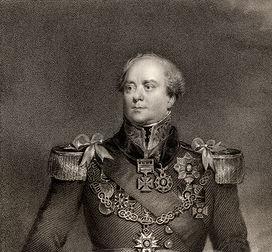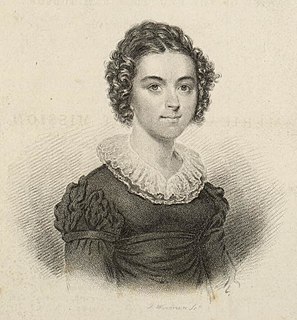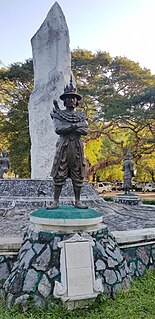 W
WBagyidaw was the seventh king of the Konbaung dynasty of Burma from 1819 until his abdication in 1837. Prince of Sagaing, as he was commonly known in his day, was selected as crown prince by his grandfather King Bodawpaya in 1808, and became king in 1819 after Bodawpaya's death. Bagyidaw moved the capital from Amarapura back to Ava in 1823.
 W
WGeneral Sir Archibald Campbell, 1st Baronet was a Scottish soldier who served as an officer in the British Army. From 1824 to 1826, Gen. Campbell commanded the British forces in the First Anglo-Burmese War, the longest and most expensive war in British Indian history, that gave the British control of Assam, Manipur, Cachar, Jaintia, Arakan and Tenasserim. He became known as the "Hero of Ava". From 1831 to 1837, he was the administrator of the colony of New Brunswick, Canada. The Canadian city of Campbellton in the province of New Brunswick was named in his honour.
 W
WJosiah Harlan, Prince of Ghor was an American adventurer, best known for travelling to Afghanistan and Punjab with the intention of making himself a king. While there, he became involved in local politics and factional military actions, eventually winning the title Prince of Ghor in perpetuity for himself and his descendants in exchange for military aid. Rudyard Kipling's short story The Man Who Would Be King is believed to be partly based on Harlan.
 W
WMaung Htaw Lay was Magistrate of Moulmein (Mawlamyine) from 1838 to 1853 during the early British colonial period of Myanmar (Burma), and governor of Dala from 1805 to 1827 during the Konbaung period. Prior to his defection to the British in 1827, he had been a Royal Burmese Army commander, and had fought in the First Anglo-Burmese War (1824–26). At Moulmein, Htaw Lay became one of the most senior indigenous officials in the colonial government. He moved to Yangon (Rangoon) in 1853 after the British annexation of Lower Burma. He successfully used his influence with the colonial government to stop the occupation forces' pillaging of Buddhist shrines around Yangon, and with the help of his son-in-law Maung Khaing, spent the rest of his life restoring the Shwedagon Pagoda.
 W
WAdoniram Judson, Jr. was an American Congregationalist and later Particular Baptist missionary, who served in Burma for almost forty years. At the age of 25, Adoniram Judson was sent from North America to preach in Burma. His mission and work with Luther Rice led to the formation of the first Baptist association in America to support missionaries.
 W
WAnn Hasseltine Judson was one of the first female American foreign missionaries.
 W
WGeneral Maha Bandula was commander-in-chief of the Royal Burmese Armed Forces from 1821 until his death in 1825 in the First Anglo-Burmese War. Bandula was a key figure in the Konbaung dynasty's policy of expansionism in Manipur and Assam that ultimately resulted in the war and the beginning of the downfall of the dynasty. Nonetheless, the general, who died in action, is celebrated as a national hero by the Burmese for his resistance to the British. Today, some of the most prominent places in the country are named after him.
 W
WTharrawaddy Min was the 8th king of the Konbaung Dynasty of Burma. He repudiated the Treaty of Yandabo and almost went to war with the British.
 W
WLt. Col. John James Snodgrass, was a British military officer, aide-de-camp and son-in-law to Sir Archibald Campbell, 1st Baronet and author. He fought in the Battle of Waterloo. The last seven years of his life were spent in Halifax, Nova Scotia where he died and is buried in the Old Burying Ground.
 W
WGeneral The Hon. Sir Augustus Almeric Spencer was a British Army officer and a member of the Spencer family.